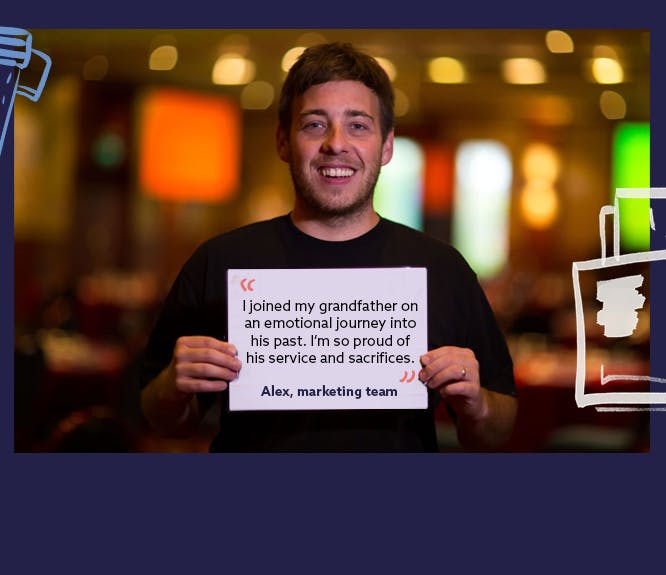What was the Sierra Leone Resettlement Scheme?
4-5 minute read
By The Findmypast Team | October 20, 2020
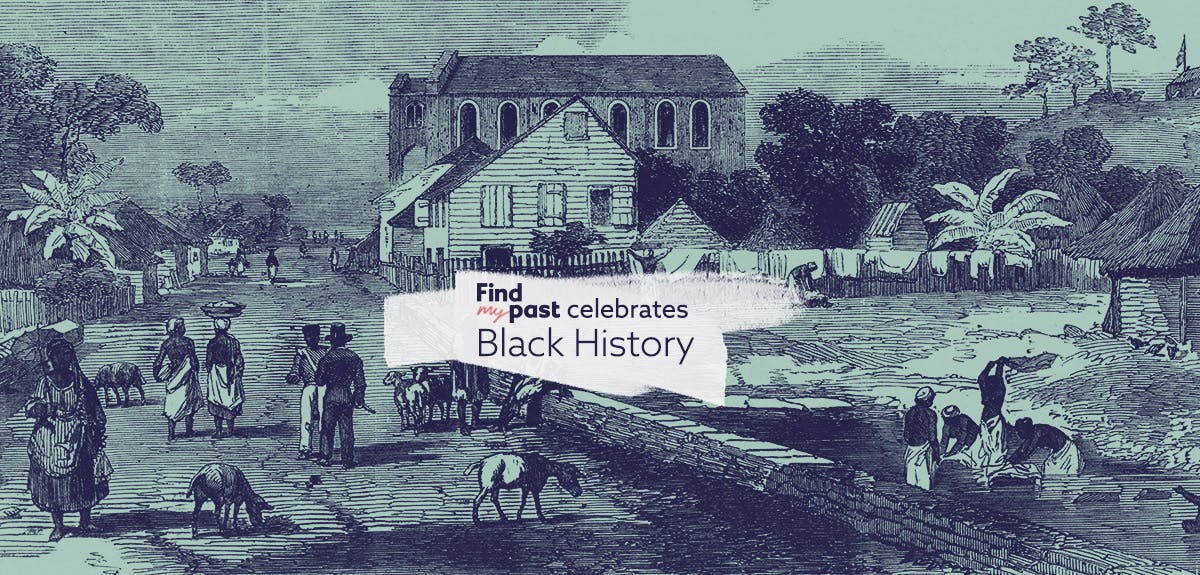
A British colony, a centre of the transatlantic slave trade and a region settled by London's Black poor. Delve into the hidden history of Sierra Leone.
Most British people probably have limited knowledge of Sierra Leone. They might know that it's located on the west coast of Africa, that it's a member of the Commonwealth and a former British colony. They might expect it to have been associated with the transatlantic slave trade without knowing details.
There are plenty of British people of Sierra Leonean descent, although it is unlikely that their heritage is known to the population at large. For example, ex-footballer turned TV presenter Chris Kamara and actor Idris Elba OBE have fathers from Sierra Leone.
This history of Britain and Sierra Leone
Britain’s involvement in Sierra Leone dates back to the mid-17th century when British merchants established trading posts generally known as factories. A factory did not manufacture anything; the word comes from the now rather obsolete term 'factor', being a trader who acquired, warehoused and exported commodities in his own name but upon commission.
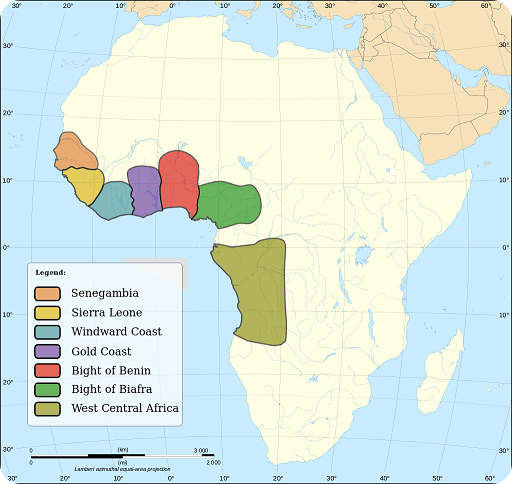
Major slave-trading regions of Africa, 1400s–1800s. Credit: Eric Gaba/Wikimedia Commons.
There were risks associated with these factories (which is one reason why the insurance industry developed) but also the prospects of high rewards, so they attracted speculators. This is reflected in the original name of the Royal African Company, which was the Company of Royal Adventurers Trading Into Africa, established in the early 1660s. Some of the surviving records of the Royal African Company have been digitised and published on Findmypast. They're free to access.
The Sierra Leone Resettlement Scheme
In the mid-1780s, there was growing concern at the numbers, or perhaps rather the visibility, of Black poor on the streets of London. Many of these Black poor are believed to have been Black American Loyalists, who had remained loyal to the Crown during the American War of Independence. These Black Loyalists had come to the motherland from the United States and Canada. Some were freed slaves.
In addition, there were probably sizeable numbers of Black sailors from the merchant marine and Black domestic servants between jobs. A Committee for the Relief of the Black Poor was set up in London to coordinate financial support and medical aid for the impoverished and sick amongst this growing Black population in the capital. Some records relating to the Black poor have been published on Findmypast.
Sierra Leone arose as a potential long-term means of disposing of the Black poor. For the government, it seemed to kill two birds with one stone. The poor could be removed from London and they could be usefully deployed to colonise Sierra Leone. There they could be self-supporting, consolidate and promote the British presence and establish useful industry and trading links. This was the Sierra Leone scheme of 1787.
There was some initial enthusiasm among the target audience for the scheme. There was talk of a Province of Freedom for those returning to Africa, even if they had been born in the Americas. However, the project was beset by delays and increasing anxiety among the would-be settlers. They felt could be enslaved in Sierra Leone slave ships working the west coast of Africa.
There were also logistical and funding problems. Seemingly interminable delays hampered progress. Some settlers died, others married and children were born before the parties eventually left England for Africa. Three ships were involved - the Atlantic, the Belisarius and the Vernon. They finally set off for Africa in early April 1787 and arrived at Frenchman's Bay in Sierra Leone one month later, on 10 May 1787. The passenger lists for the vessels survive and can be searched here on Findmypast.
These lists are curious and fascinating. They contain inconsistencies and spelling errors but, even so, they are very valuable documents in helping to understand the attitudes of some of the white English working classes at that time. The passenger lists group the colonists under a number of descriptions – the most common one is single Black men. However, among the other categories, there are no fewer than;
- 18 Black women married to white men
- 63 white women married to Black men
- Five white women wanting to be married, one would assume to black men
This suggests that among at least some sections of the white working-class at the time there was an absence of prejudice.
The initial Sierra Leone venture was not a great success. There were many deaths during the month-long voyage. Upon arrival, the new colonists were expected to fend for themselves without much in the way of official support. There were deaths due to disease, hostility from the indigenous people and, as had been feared, some settlers were taken into slavery.
The original settlement, named Granville Town after the abolitionist Granville Sharp, was razed to the ground in 1789 by the forces of an indigenous Temne ruler in the culmination of a long-running dispute. The surviving one fifth or so of the original settlers (today known as the Old Settlers) struggled on and built a new Granville Town, which is now the Cline Town district of the Sierra Leone capital, Freetown.
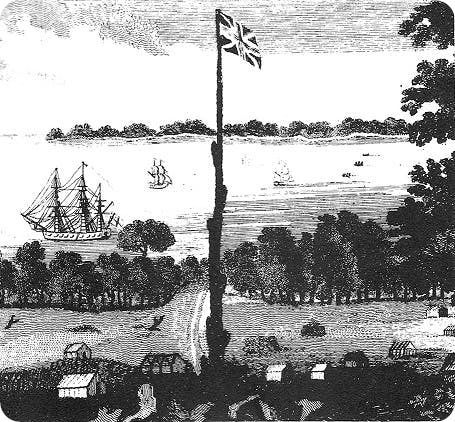
Province of Freedom, Sierra Leone circa. 1788.
Freetown is generally regarded as having been founded by Black Loyalists three years later, in 1792, when a fresh contingent of settlers, many former slaves from the American South, came out from Nova Scotia. The population grew with further arrivals, including Jamaican Maroons brought in to quell a revolt among the Nova Scotians in 1800. It wasn’t until the Slave Trade Act of 1807 that Freetown really took off, though. From then, a special squadron of the Royal Navy was charged with policing the west coast of Africa and the Atlantic, seizing slave ships and their cargoes. The freed slaves were released in Freetown.
Do you have family connections to Sierra Leone? We'd love to hear what you've discovered in your family tree so that together, we can learn from the past and strive for a better future. Reach out to us on social media using #FindmypastFeatured to share your stories.
Related articles recommended for you
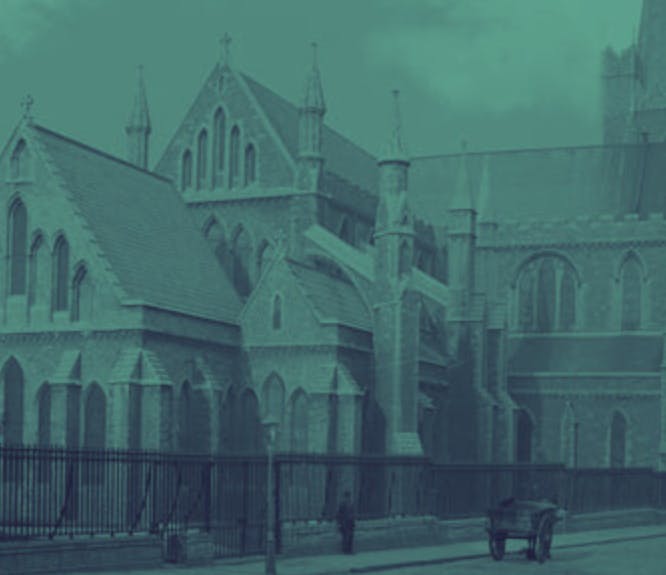
Irish family history and minority religions in Ireland
History Hub
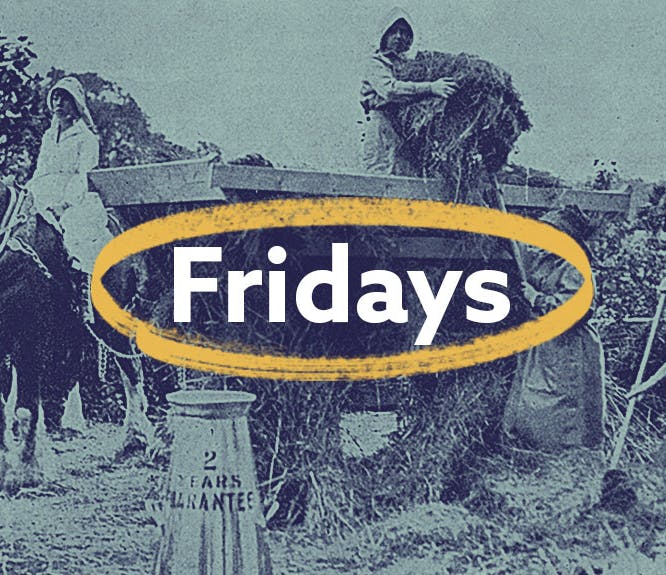
Dig into your transatlantic roots this Findmypast Friday
What's New?

The Black Loyalists and the importance of preserving Black genealogy records
Family Records
